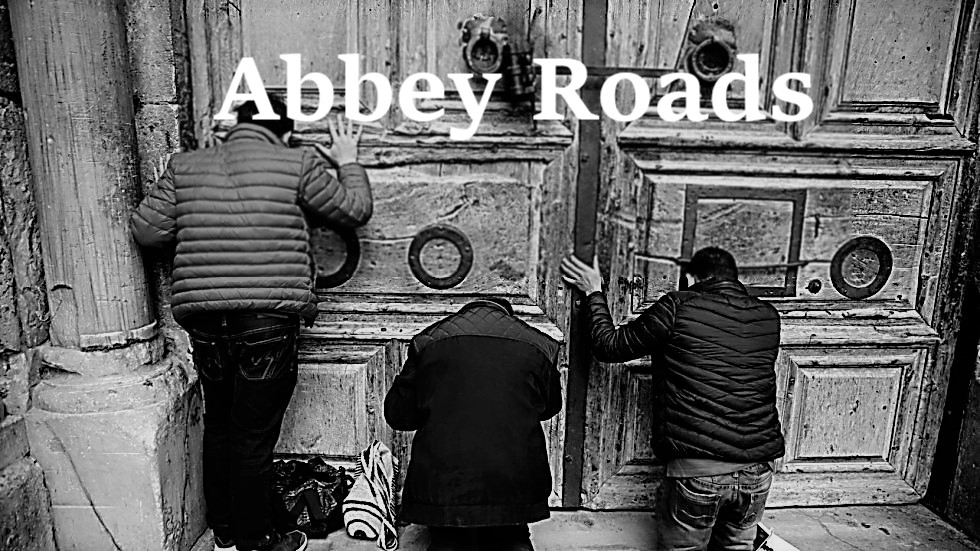St. John Cassian
The scapular as a garment dates back further than St. Simon Stock - or even Benedict...
The scapular originally was thought to be part of the work habit amongst monastics, and was prescribed in the Rule of St. Benedict. Yet as I mentioned earlier, Eastern monasticism traces it back to the 4th century and St. Pachomius and the 'Angelic habit'. John Cassian likewise records the habits of the Egyptian desert fathers, which includes the malfor, or scapular. That text here:
Chapter VI.
Of their Capes.
Next they cover their necks and shoulders with a narrow cape, aiming at modesty of dress as well as cheapness and economy; and this is called in our language as well as theirs mafors; and so they avoid both the expense and the display of cloaks and great coats. - Cassian, Bk. I: The Dress of Monks
Just thinking out loud here. Wouldn't the Carmelites already have worn a scapular before the apparition of Our Lady to St. Simon? Probably. So, perhaps Our Lady singled out the scapular to be more than a work habit for the hermits turned friars? Gracing the humble garment with a deeper meaning regarding discipleship, taking on the yoke of Christ, as it were? Indeed, making it a sign and seal of her protection and patronage... reminding those who wear it, to guard their heart - which the scapular covers.
Anyway, the Blessed Virgin's scapular is a habit, a garment of grace - not just for monks and nuns, but for all the faithful.
St. Simon Stock



No comments:
Post a Comment
Please comment with charity and avoid ad hominem attacks. I exercise the right to delete comments I find inappropriate. If you use your real name there is a better chance your comment will stay put.